
Organic Cara Cara Navel Oranges Frog Hollow Farm
The Cara Cara orange is actually a type of Navel orange since it is the result of cross pollination between two Navel Oranges: the Brazilian Bahia Navel Orange and the Washington Navel orange. The first Cara Cara orange was found growing on a Washington Navel Orange tree at Hacienda Cara Cara in Venezuela in 1976. Orange Flesh

Cara Cara Navel Orange Tree » Store » Tomorrow's Harvest by Burchell Nursery
Cara Cara oranges exist as the result of a mutation of the Navel Orange. Actually, Navel Oranges came into being as the result of a mutation, too. Navel Orange trees have been in existence since 1820 when they first appeared in Brazil. The Navel Orange bears a seedless orange.
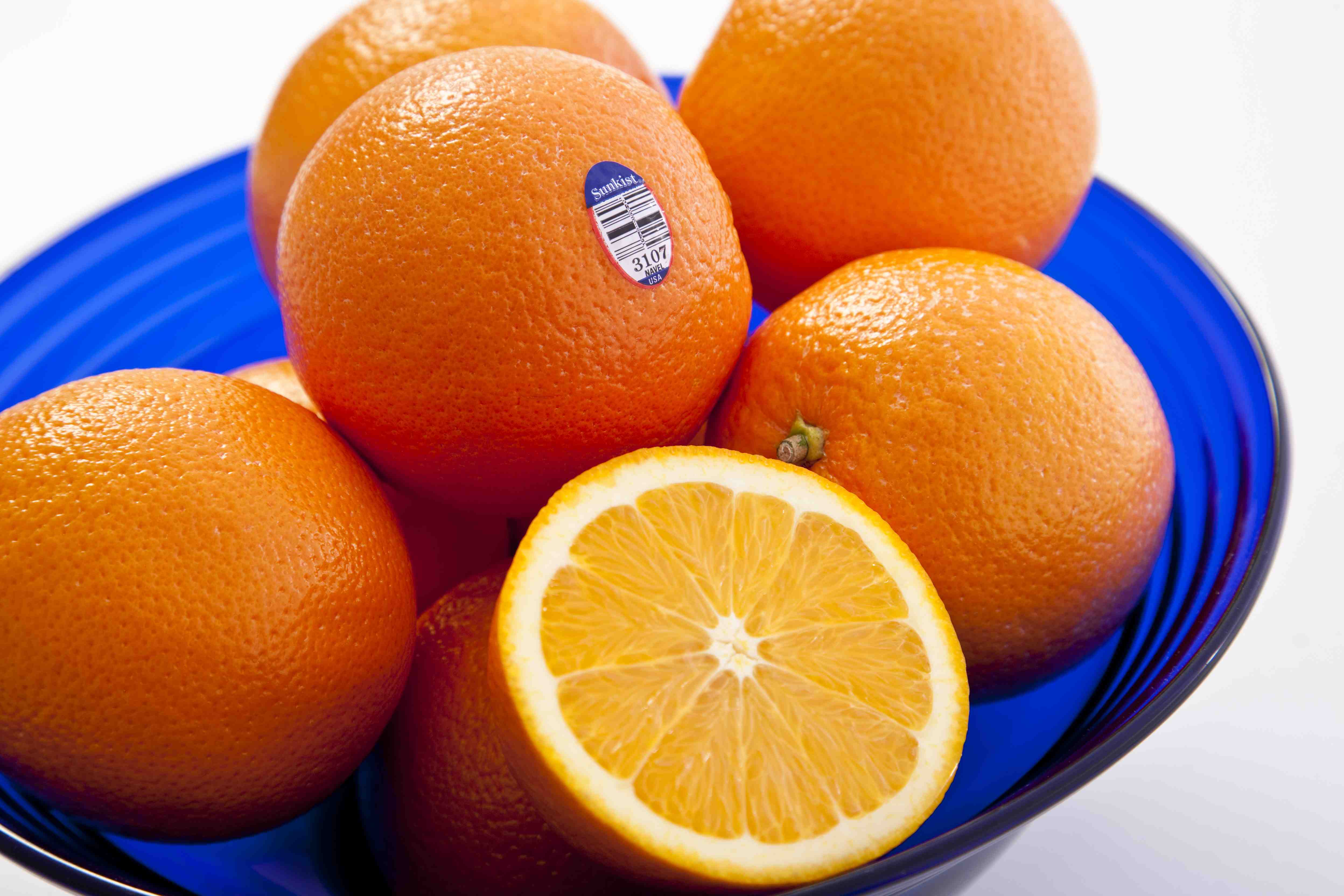
Food and Product Reviews Sunkist Cara Cara Naval Oranges Food Blog Bite of the Best
Cara Cara oranges are actually a type of seedless navel orange with a beautiful rose orange or pink-red flesh and delicate citrus and berry flavors. Sweet and low-acidic, Cara Cara oranges are high in vitamin C with anti-inflammatory and anti-aging properties, and provide good amounts of vitamins B1, B5, B6 and B9 with benefits for anemia.
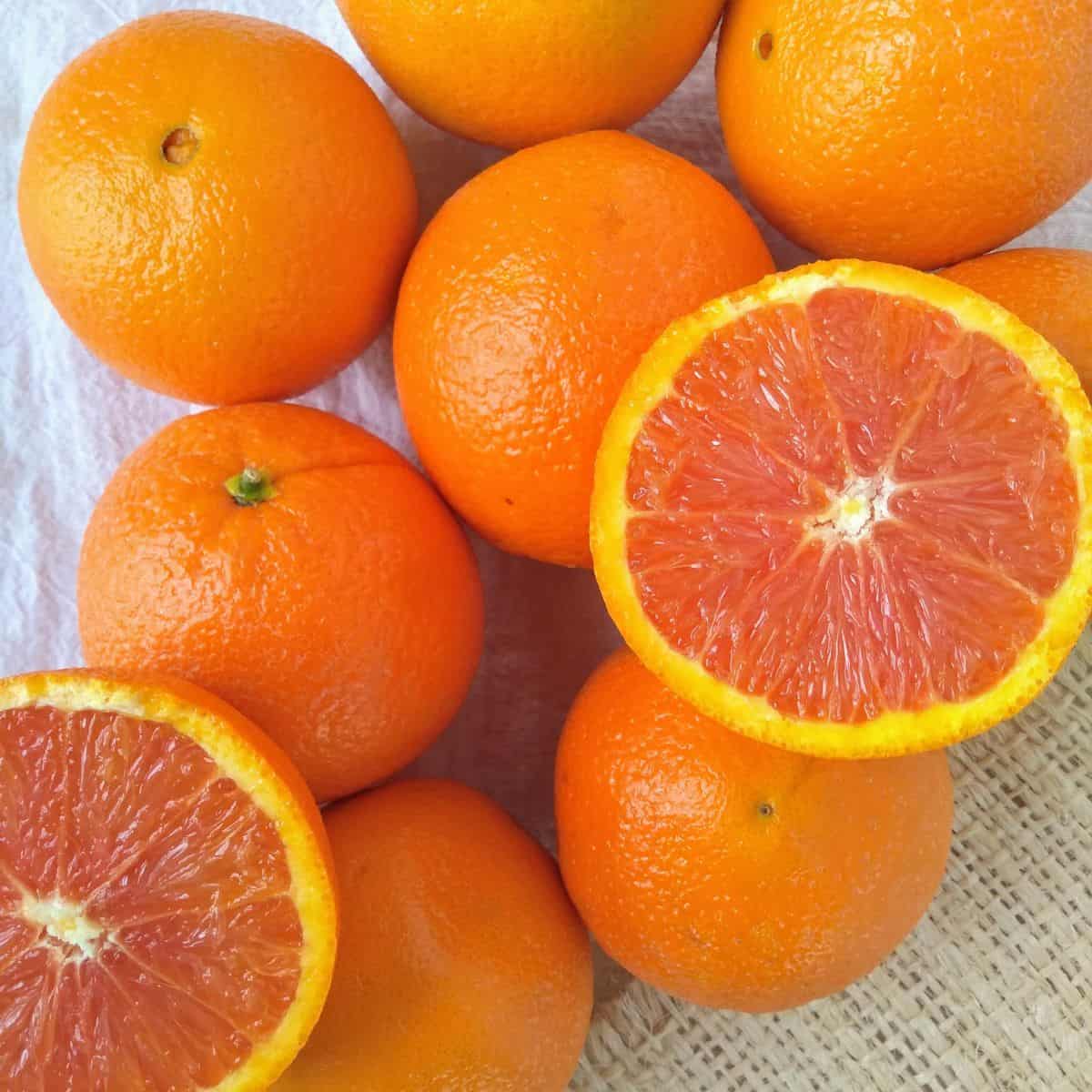
When are Cara Cara Navel Oranges in Season? Eat Like No One Else
Cara Cara Navel Orange will grow to be about 20 feet tall at maturity, with a spread of 12 feet. It has a low canopy with a typical clearance of 2 feet from the ground, and is suitable for planting under power lines. It grows at a medium rate, and under ideal conditions can be expected to live for 50 years or more.
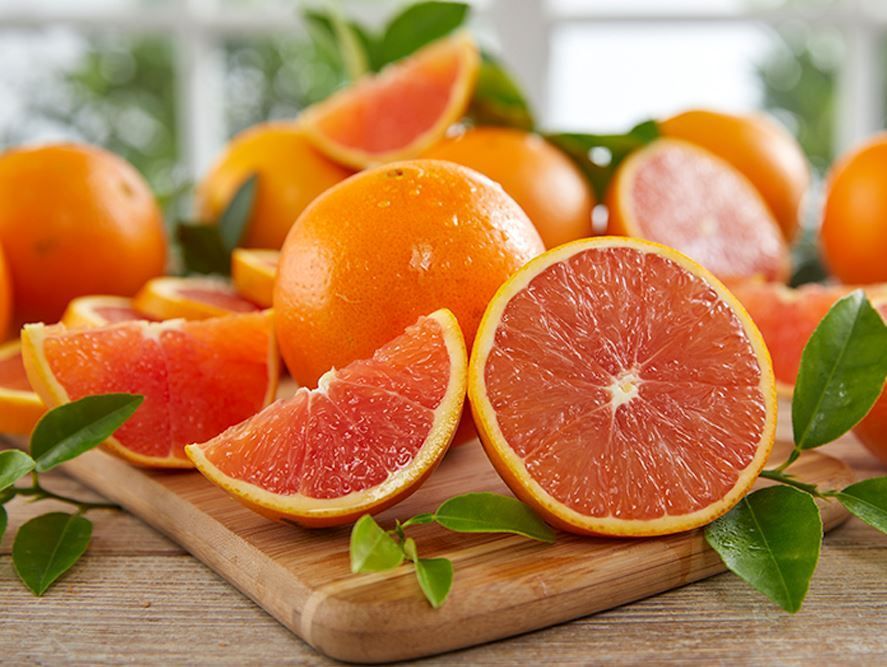
Buy Cara Cara Navel Oranges Online
In fact, Cara Cara oranges are a type of navel orange, exhibiting a characteristic small indentation on the outside of the rind, situated at the opposite end from the stem, that somewhat resembles a human navel. Underneath this navel is an undeveloped "twin" fruit caused by a genetic mutation.
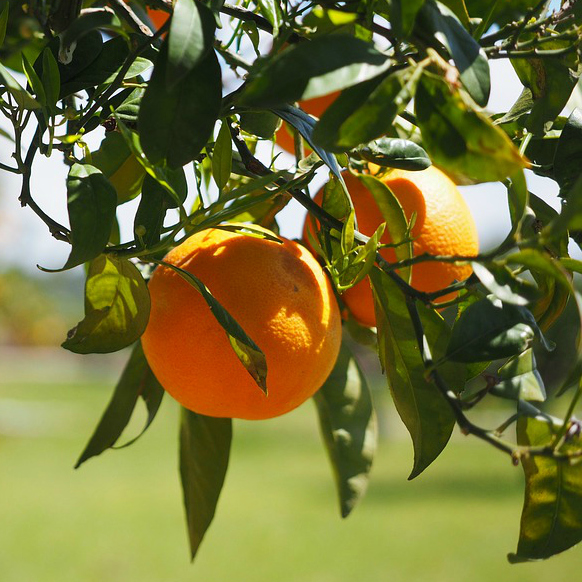
Citrus sinensis 'Cara Cara' Navel Orange Mid Valley Trees
The flesh color in Florida is like that of Star Ruby grapefruit. Most tree and fruit characteristics reflect its Washington navel orange ancestry, but the flesh is deep pink, similar to the darkest of the red grapefruit varieties. This rich color is due to the presence of lycopene, a carotenoid in the same family as beta carotene.

Oranges, Cara Cara Navel Ingredients Descriptions and Photos
Cara Cara variety history. The story goes that in 1976 a single branch on a Washington navel orange tree growing on Hacienda Cara Cara in Venezuela was noticed to be making fruit that was pink inside. The branch was a "sport," as it's called, a natural mutation. These sports happen relatively often on citrus trees compared to other types of fruit trees.
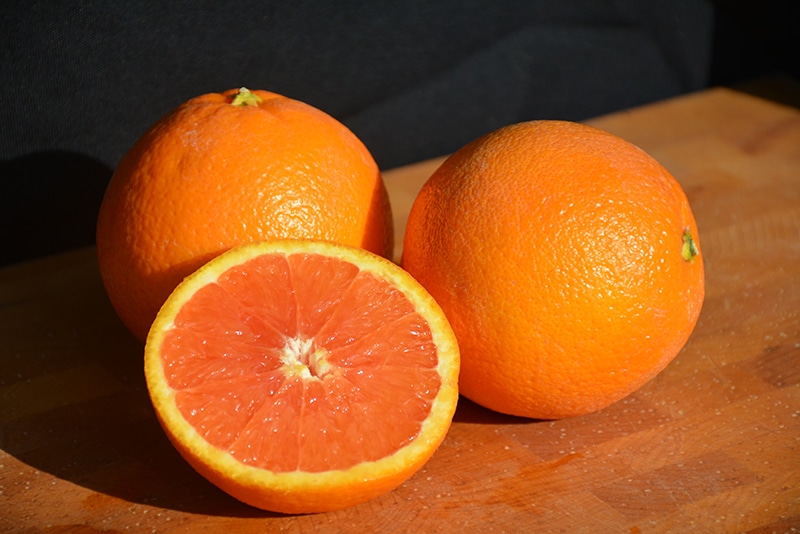
Cara Cara Navel Orange Buchanan's Native Plants
Cara cara and navel oranges share a few similarities, but they are different. Here's how they compare: Shape and size: The common navel and Cara Cara oranges appear quite similar on the outside. They're round-shaped and medium to large in size, averaging about six to ten centimeters in diameter.
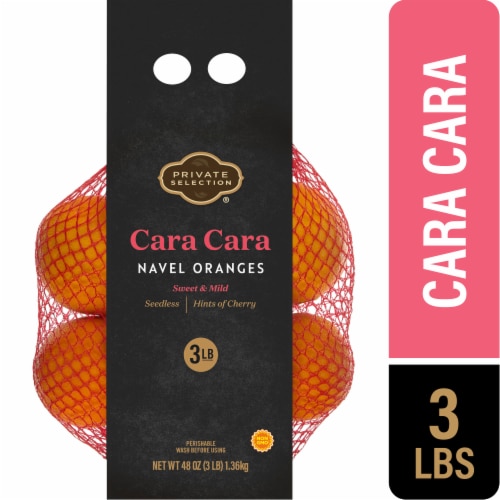
Private Selection™ Cara Cara Navel Oranges, 3 lb Pick ‘n Save
Cara Cara Oranges are actually a type of Navel Orange, and the two are similar in size and outer appearance with bright orange, easy-to-peel, smooth skin. But the inside of the fruit is where they differ. Whereas the Navel has the typical yellow-orange flesh, the Cara Cara exhibits a red-pink color that resembles a grapefruit.
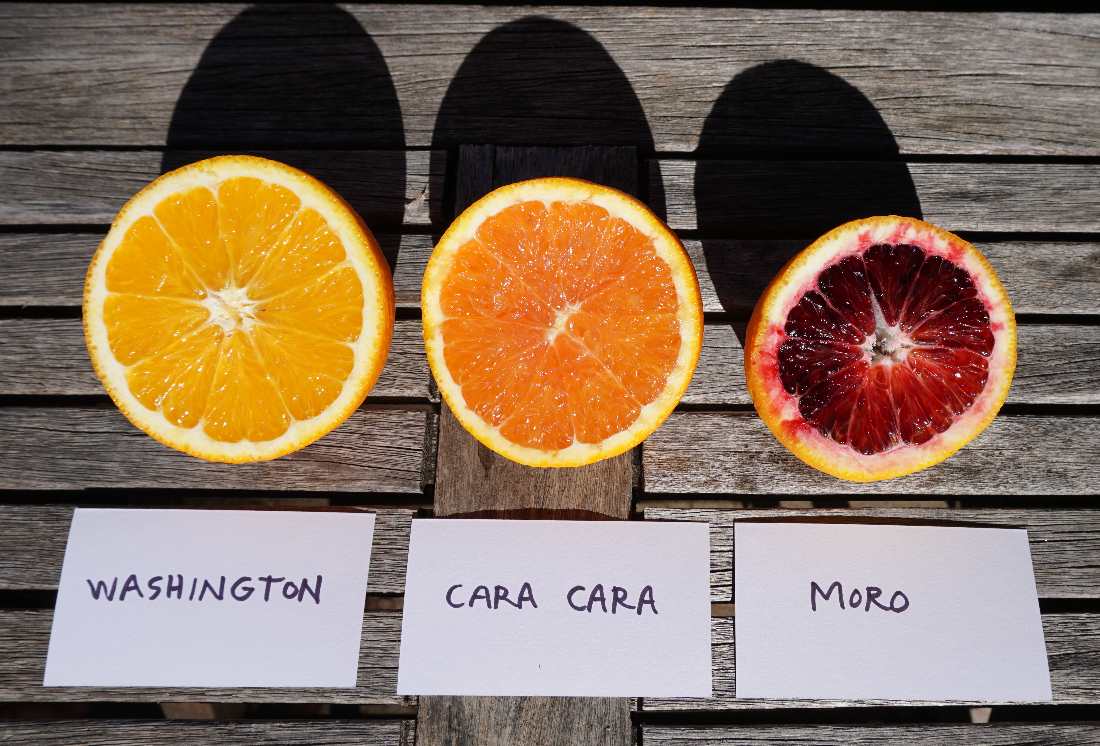
Cara Cara navel orange tree a profile Greg Alder's Yard Posts Southern California food gardening
Features. Navel Oranges are identified by their distinctive button formation on the opposite side of the stem. As one would expect of Navel Oranges, the 'Cara Cara' is seedless and peels/breaks apart easily. Discovered in Venezuela in the mid-1970s, the difference from other Navels is the 'Cara Cara' fruit's dark pink to red colored.

Cara Cara Navel Oranges at Whole Foods Market
Blood oranges have darker maroons and reds—even near-black colors. Cara Cara oranges have distinctly pink flesh. For blood oranges, its pigmentation is derived from its anthocyanins, but for the Cara Cara orange, the pinkish color comes from lycopene, a carotenoid. Blood oranges are found and cultivated in Spain, Italy, and California.

Buy Cara Cara Navel Oranges Online
Cara Cara Oranges are classified as citrus sinensis and are also called "Red Fleshed Navel Oranges" or Pink Navel because of its distinct inner pinkish-red, orange flesh that resembles the color of a ruby grapefruit. Cara oranges are typically medium-sized and have a glossy, textured peel that clings to the flesh.
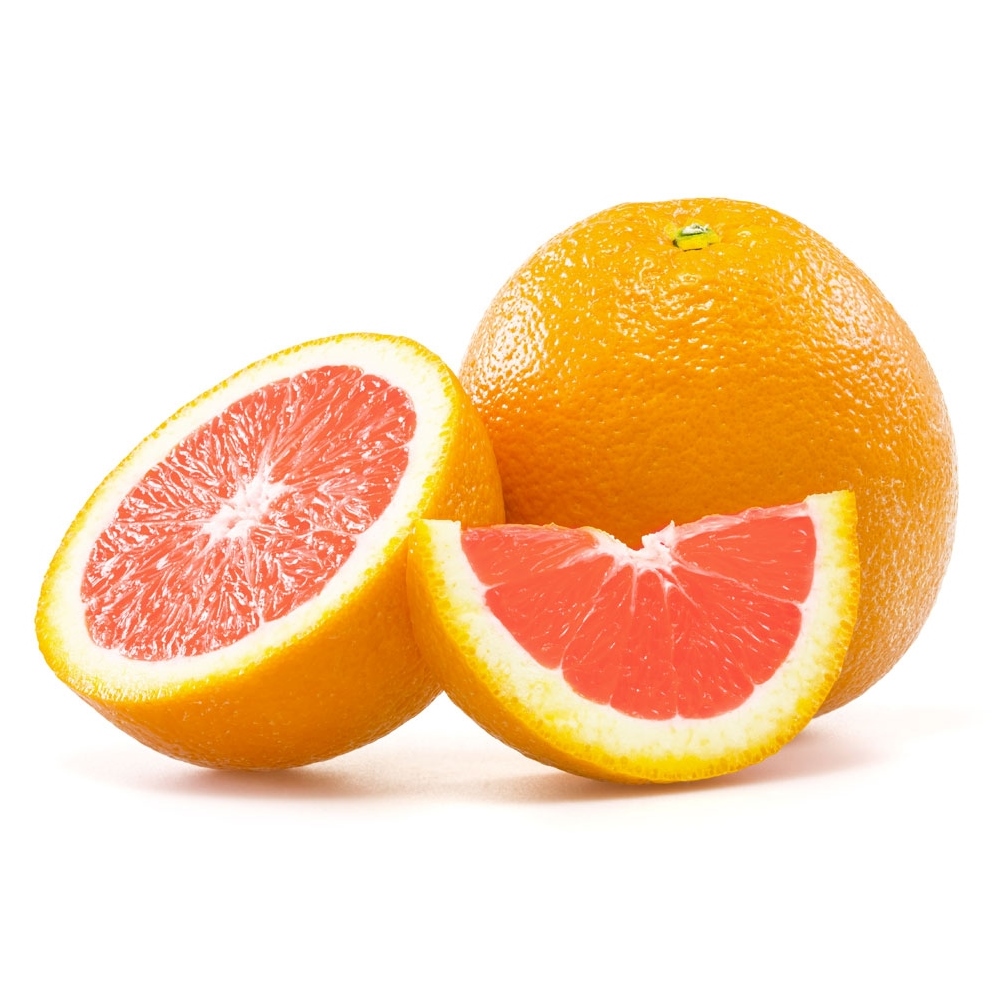
Cara Cara Navel Orange (Medium, 6pcs) — MomoBud
Cara Cara orange, also known as the red-fleshed navel orange, is a unique and delicious citrus fruit. It is a mutation of the Washington navel orange and is known for its vibrant pink to red flesh, which sets it apart from other oranges.
Exploring Trader Joe's Trader Joe's Cara Cara Navel Oranges
The cara cara orange is a type of navel orange and also seedless and sweet. It has pink to red flesh due to its lycopene pigmentation (a type of carotenoid ).
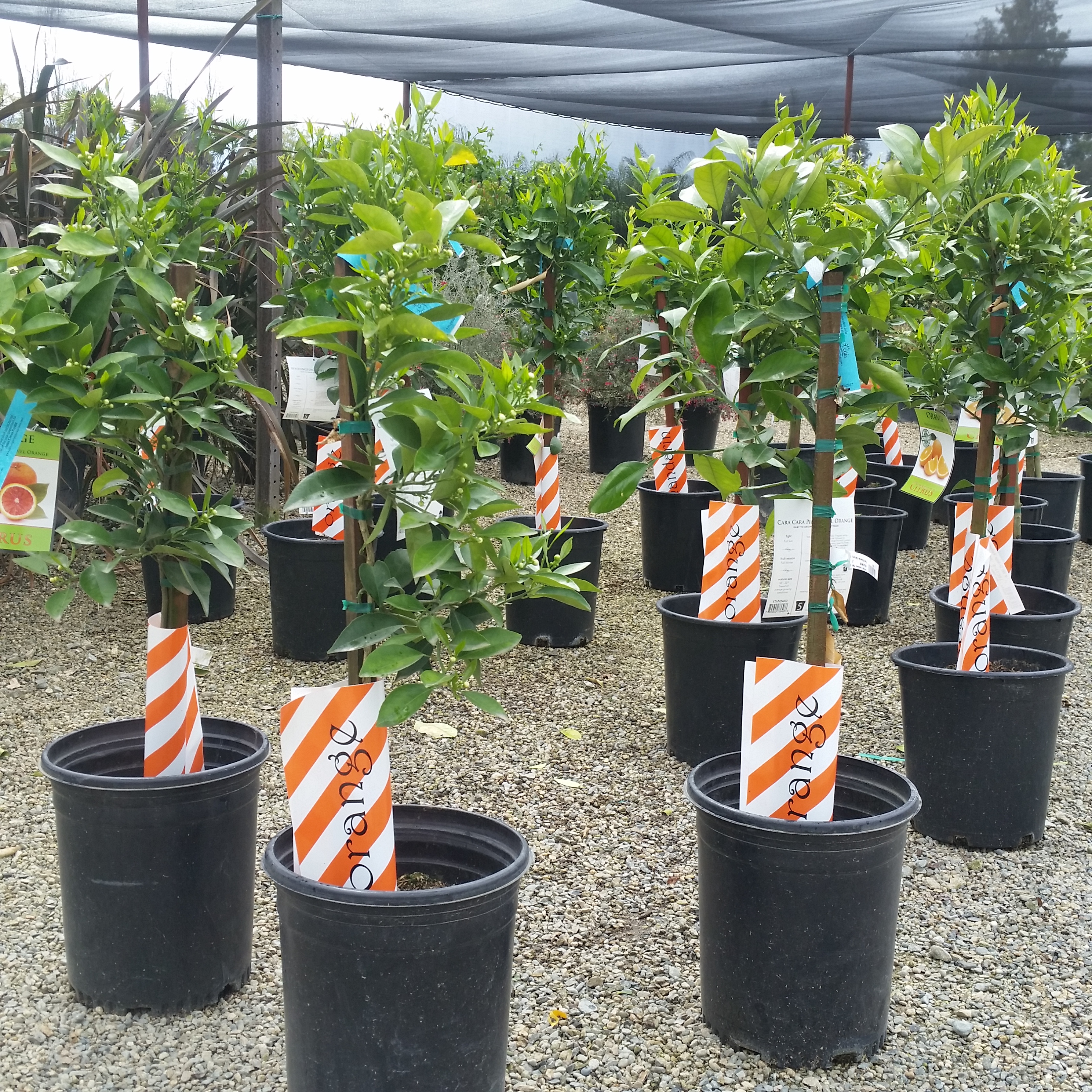
Citrus sinensis 'Cara Cara' Navel Orange Mid Valley Trees
Cara Cara oranges are pink-fleshed citrus fruits that originated as a mutation that occurred on a Washington Navel orange tree in 1976. The first mutated fruit was found at Hacienda Cara Cara in Venezuela and thus was given the name Cara Cara.

Cara Cara Navel Orange at Whole Foods Market
The Cara cara navel orange, or red-fleshed navel orange, is an early-to-midseason navel orange noted for its pinkish-to-reddish-orange flesh. It is believed to have developed as a spontaneous bud mutation on a "standard" Washington navel orange tree.